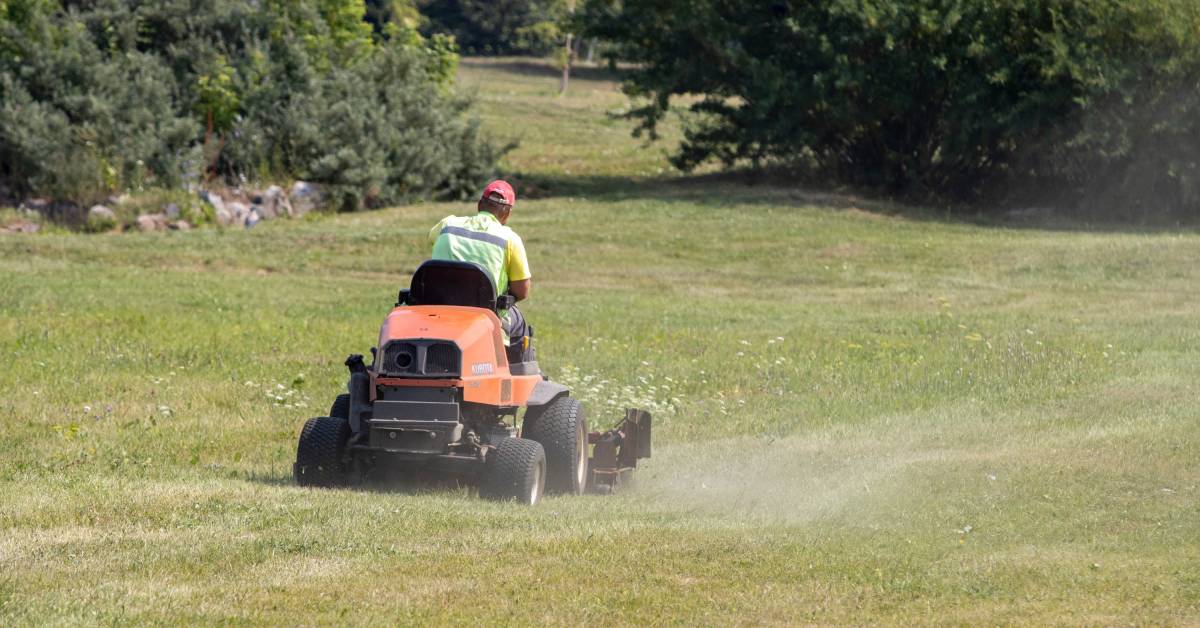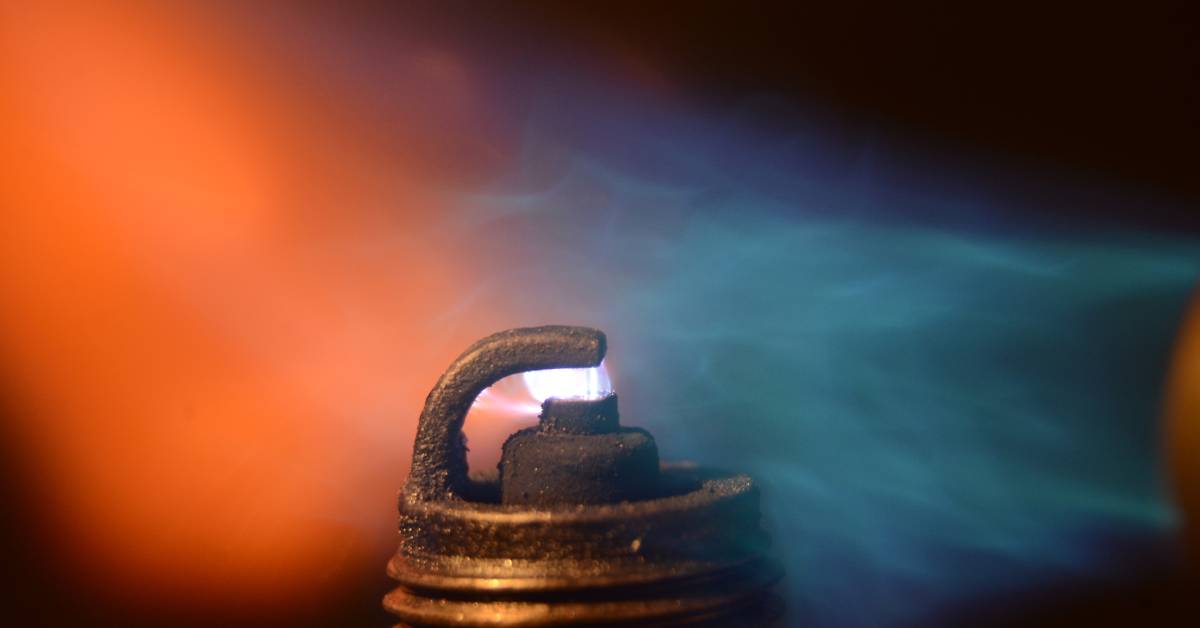
A statement by Matt Weaver in the weekend edition of Autoweek said it all, "Based on Saturday's NASCAR Xfinity Series opener, the Daytona 500 could either be the best race we've seen in a long time or it could be the worst." As a former racer and self-proclaimed cheeseburger connoisseur, Weaver's proclamation was insightful but unfortunately, the later proved to be true. Almost every racecar in the field was "involved in" or "damaged by" the wreck known as the "Big One"... except this year, the big one coincided with the closing laps for each of NASCAR's three stage races. In the end, did the best car and driver win? No, it wasn't even close.
Maybe Sunday's race needed the excitement of Saturday night's five attempts at an overtime finish that resulted in the closest win in NASCAR Xfinity series history with Tyler Reddick and Elliott Sadler hitting the line in what looked like a tie. Yes, the Xfinity cars were unstable and created something of an aerodynamic nightmare. And yes, Ricky Stenhouse Jr. figured out early on that he could pack the air against an opponent's left rear quarter panel and send them spinning into the wall. But, there was passing during all stages and the field was able to co-exist three wide at times. Possibly the Xfinity race would have been just as boring as Sunday's main event, but the finish caused NASCAR officials to go to the ten-thousandth of a second to declare Reddick as the winner.
Since 1988, NASCAR has mandated a restrictor plate between the carburation and engine to reduce speeds and keep the cars from becoming airborne at both Daytona and Talladega. A year ago, NASCAR added a taller rear spoiler, a lower front bumper and a special air-deflection strip across the roof to create down-force and drag. The goal was to make the entire field more competitive. However, there is definitely a fine line between having such good handling cars that you're watching two cars stuck together like love bugs and enjoying a good old-fashioned stock car race. Unfortunately, the teams were both too equal and too unstable.
This year's Monster Energy Cup cars had a new rear bumper that wrapped around the side of the cars. It was suppose to prevent one car from pushing the car in front to an unfair advantage. Well, that didn't work either and NASCAR seemed inconsistent all weekend in levying penalties. What the added bodywork did was make it easy to crash the car in front of you or one to the outside. So coming out of turn three, Austin Dillon did what he was supposed to do. He spun Aric Almirola and put the No. 3 in victory lane. Once again, the winning driver only led the last lap of the race. Something Dillon would have never been able to do without the enormous push from Darrell Wallace Jr. in the No. 43 car.
It wasn't the worst Daytona 500 in history, which might have been the rain-shortened 2003 race that ended at 272.5 miles or possibly the race that Fred Lorenzen won by more than a lap. Hopefully for the teams, drivers, officials and fans, NASCAR will work on restoring the racing part of the show before the Talladega Spring Race in late April.
Photo courtesy of dreamstime.







